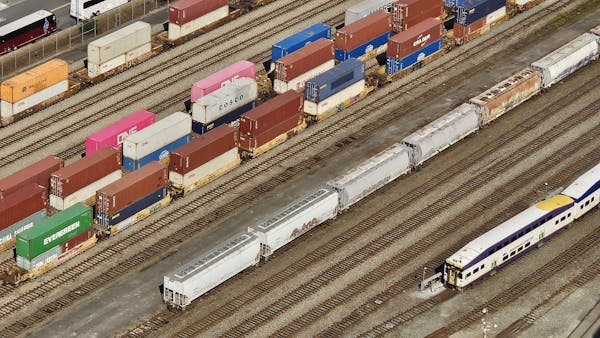Shipping from Guangzhou/Shenzhen to Caxias Port, Brazil: Full Container Load (FCL) and Less-than-Container Load (LCL) Options
Shipping Options: FCL and LCL
Full Container Load (FCL): Full Container Load (FCL) is ideal for businesses shipping large volumes of goods, as the entire container is used exclusively for one customer’s cargo. This ensures maximum security and efficiency, as the goods are not consolidated with other shipments.
- Container Sizes:
- 20FT Container: Typically used for smaller shipments, with a capacity of approximately 28-30 cubic meters.
- 40FT Container: A larger option for bulkier or heavier shipments, offering a capacity of about 58-60 cubic meters.
- CIF (Cost, Insurance, and Freight): Under the CIF shipping term, the seller is responsible for the cost of the goods, shipping, and insurance to the destination port, which in this case is Caxias Port in Brazil. This simplifies the logistics for the buyer, as the cost and risk associated with shipping are covered until the goods reach the port of destination.
- Container Sizes:
Less-than-Container Load (LCL): Less-than-Container Load (LCL) is an ideal choice for smaller shipments that do not fill an entire container. In LCL shipping, your goods are consolidated with other shipments in a shared container. While this option can be more cost-effective for smaller loads, it may involve additional handling and the possibility of delays during consolidation and deconsolidation.
- Transit Time: The sea freight journey from Guangzhou/Shenzhen to Caxias Port, Brazil, typically takes around 39 days, depending on the shipping route and weather conditions. LCL shipments might take slightly longer due to the need for consolidation and clearance procedures at both the origin and destination ports.

Packaging of Goods
Proper packaging is essential for ensuring the safety and security of your goods during transit, especially for long journeys like the one from China to Brazil. Here’s a brief guide on how to properly package your products for FCL and LCL shipments:
For FCL Shipments:
- Cargo Protection: Goods are typically packed in cartons, wooden crates, or pallets to protect them from damage during transport. Fragile items should be packed with extra padding and shock-absorbing materials, such as foam, bubble wrap, or airbags.
- Container Load Optimization: Properly stacking and securing cargo within the container is crucial to maximize space and prevent movement during transit. This can be achieved by using load bars, straps, and dunnage bags.
- Labeling: Each package should be clearly labeled with the consignee’s name, address, and contact information. It’s also advisable to include any handling instructions, such as “Fragile” or “Keep Dry,” to ensure the proper care of the shipment.
For LCL Shipments:
- Package Size and Stability: LCL shipments often consist of smaller boxes, so it’s important to ensure each box is sturdy and sealed tightly. Cartons should be packed with sufficient padding to prevent damage during transit.
- Palletization: It’s common to place LCL shipments onto pallets for easier handling and to minimize the risk of damage. Palletized cargo is easier to load and unload, and it ensures the goods stay secure during transportation.
- Consolidation and Deconsolidation: Since LCL involves multiple shipments in one container, it’s essential to ensure the packages are easily identifiable, and clear documentation is provided for smooth customs clearance at both the origin and destination.

Port Handling and Documentation
Once the shipment arrives at Caxias Port, there are a few steps involved in clearing the goods through Brazilian customs. For both FCL and LCL shipments, you will need to provide the following:
- Bill of Lading (B/L): A document issued by the shipping company, acknowledging receipt of the goods for shipment.
- Invoice and Packing List: These documents provide a detailed list of the goods, including their value, description, and packaging details.
- Import Declaration: A declaration made to Brazilian customs detailing the contents of the shipment and confirming the payment of any applicable duties and taxes.



